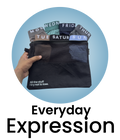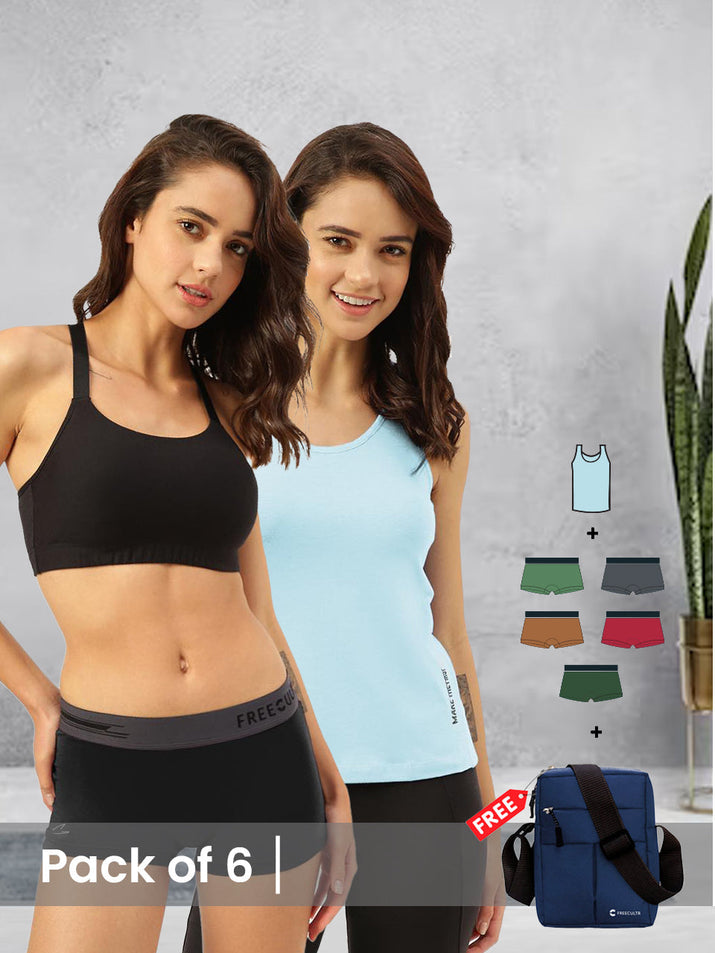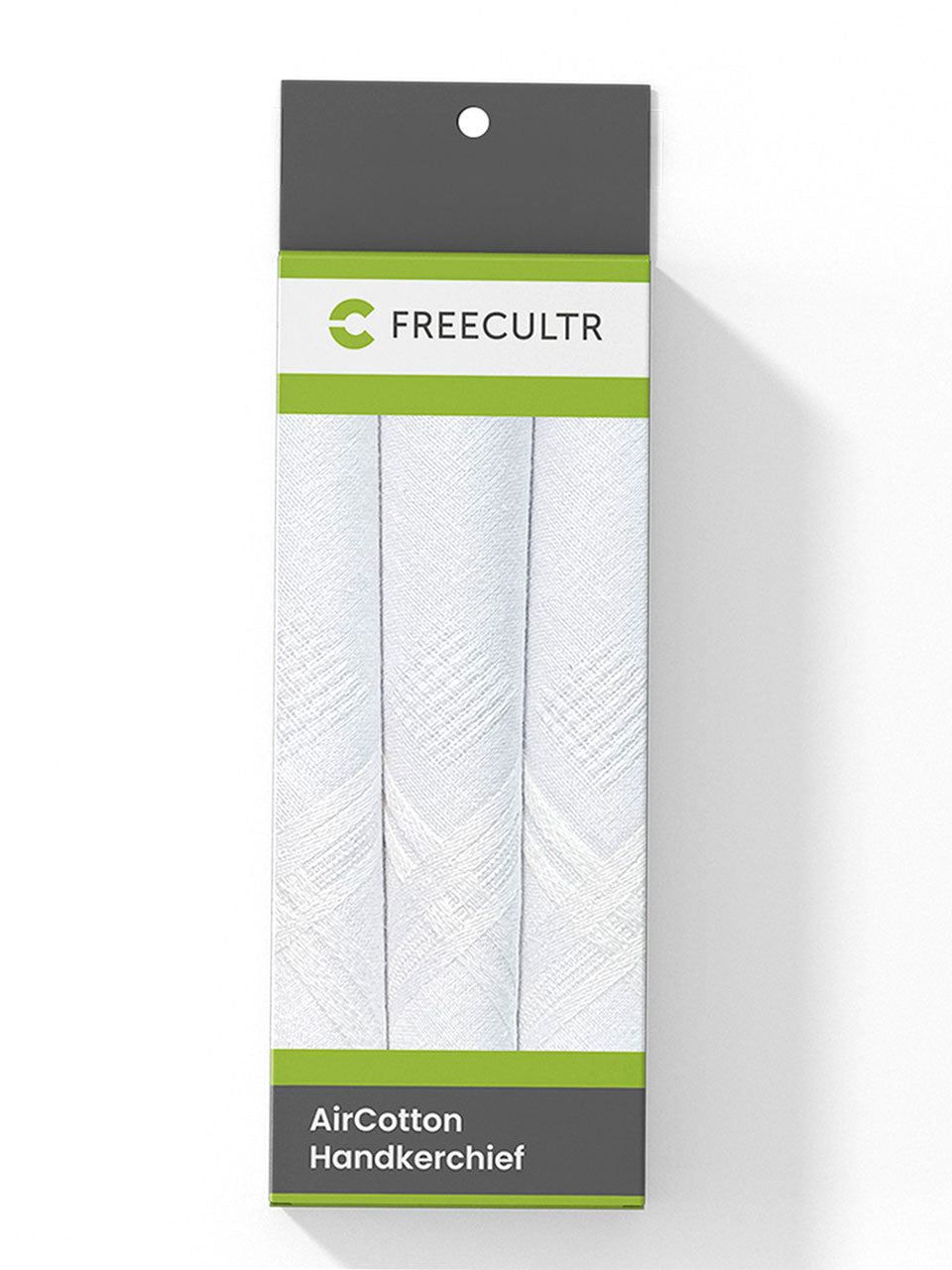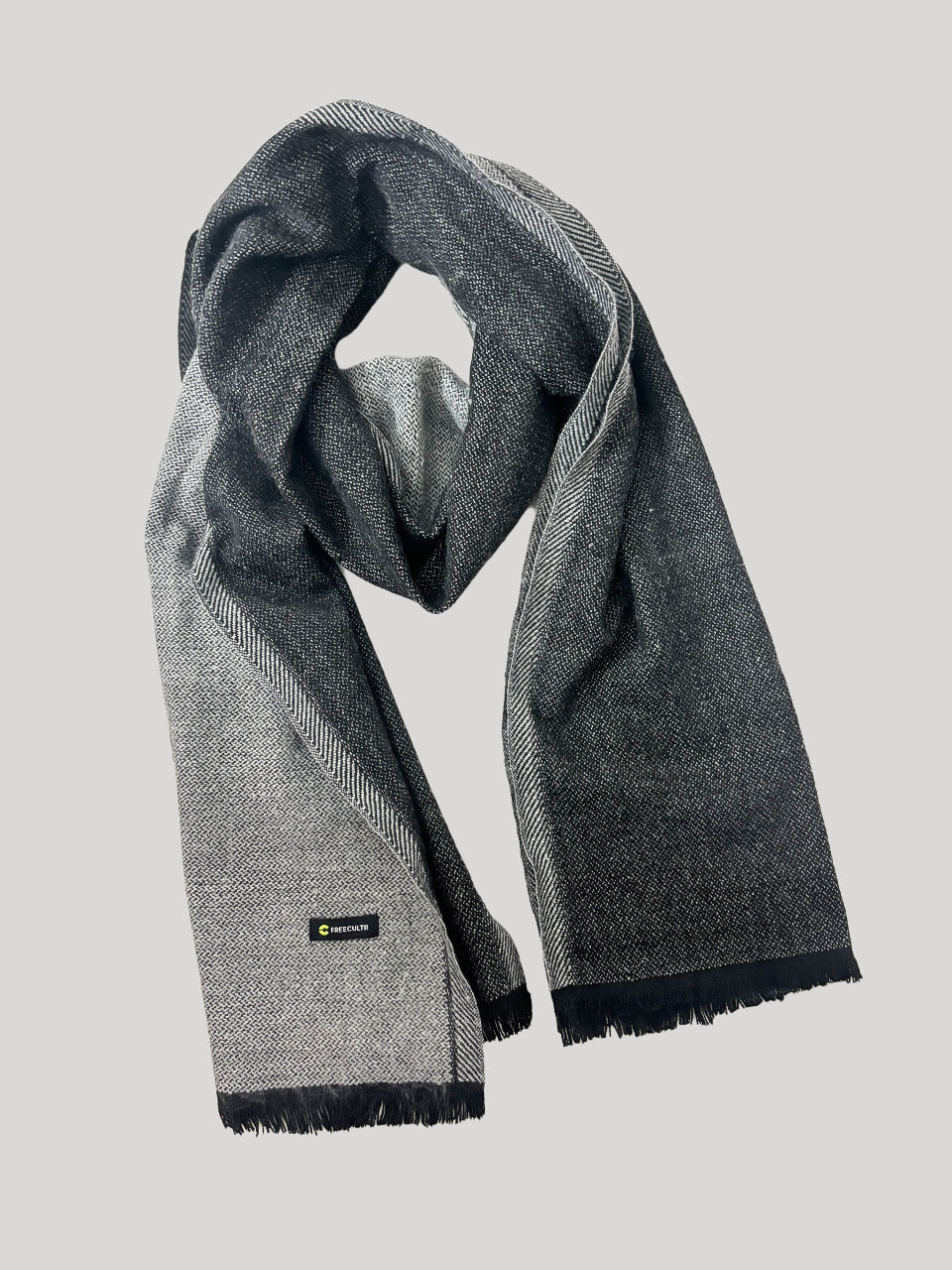The quest for the ultimate in comfort and performance wear has intensified, pushing fabric technology to its limits. Both Freecultr and Damensch are vying for dominance in the innerwear market, with 4-way stretch fabric being a key battleground. But is Freecultr's offering genuinely superior? We'll dissect the core attributes: stretch and recovery, breathability, durability. Moisture-wicking capabilities. Beyond marketing claims, we’ll examine fiber composition, knitting techniques. Construction methods that underpin each brand's fabric. This analysis will delve into how these factors translate into real-world performance, providing a clear comparison based on tangible evidence, not just hype.

Understanding 4-Way Stretch Fabric: The Basics
Before diving into a comparison, let's define what 4-way stretch fabric actually is. This type of fabric is designed to stretch and recover in both the warp (lengthwise) and weft (crosswise) directions. This contrasts with 2-way stretch, which only stretches in one direction. The ability to stretch in multiple directions provides greater comfort, freedom of movement. Shape retention.
The stretch is typically achieved through the incorporation of elastic fibers like Spandex (also known as Lycra or Elastane) into the fabric blend. The percentage of Spandex is crucial; a higher percentage generally means more stretch. It can also affect the fabric's breathability and durability.
Freecultr vs. Damensch: A Head-to-Head Comparison of Fabric Technology
Both Freecultr and Damensch are popular brands offering Men's Underwear and other apparel utilizing 4-way stretch fabrics. To determine which brand's fabric might be "superior," we need to consider several factors:
- Fiber Composition: What is the blend of materials used? Is it primarily cotton, modal, or a synthetic blend? The base fiber affects breathability, moisture-wicking. Overall feel.
- Spandex Percentage: What percentage of Spandex is used to achieve the stretch? This directly impacts the degree of stretch and recovery.
- Fabric Weight (GSM): GSM (grams per square meter) indicates the fabric's density. A higher GSM usually signifies a thicker, more durable fabric.
- Knitting Technique: How the fabric is knitted can influence its stretch, drape. Resistance to pilling.
- Finishing Processes: Are any special finishes applied to enhance moisture-wicking, odor control, or softness?
Unfortunately, publicly available data directly comparing the specific fabric specifications (fiber composition, Spandex percentage, GSM, knitting technique. Finishing processes) for Freecultr and Damensch is limited. Brands often consider these details proprietary.
Therefore, a true "superiority" determination requires either direct product testing and analysis or access to detailed technical specifications from the manufacturers. But, we can still make informed comparisons based on general industry knowledge and common practices.
Key Fabric Components and Their Impact
Let's delve deeper into the key fabric components and how they affect the overall performance of 4-way stretch fabrics used in Men's Underwear:
- Cotton: A natural fiber known for its breathability and comfort. But, cotton can absorb moisture and may not dry as quickly as synthetic alternatives.
- Modal: A semi-synthetic fiber derived from beech tree pulp. Modal is known for its softness, drape. Resistance to shrinkage. It's often blended with cotton for improved performance.
- Polyester: A synthetic fiber that is durable, wrinkle-resistant. Quick-drying. But, polyester can be less breathable than natural fibers.
- Spandex (Lycra/Elastane): The key component for stretch. Higher Spandex percentages offer more stretch but can reduce breathability and potentially impact durability over time.
The ideal blend depends on the intended use. For example, underwear designed for high-intensity activities might benefit from a higher percentage of synthetic fibers for moisture-wicking, while everyday wear underwear might prioritize cotton or modal for comfort.
The Importance of Stitching and Construction
The quality of the stitching and overall construction is just as crucial as the fabric itself. Even the best fabric can be rendered uncomfortable or prone to failure if the seams are poorly constructed.
- Flatlock Seams: These seams are designed to lie flat against the skin, minimizing chafing and irritation.
- Reinforced Stitching: Reinforcing stress points (e. G. , the gusset area) can significantly improve the garment's durability.
- Tagless Design: Eliminating tags can enhance comfort, especially for those with sensitive skin.
When evaluating underwear, pay attention to the stitching quality and construction details. Look for clean, even stitches and reinforced areas.
Real-World Applications and User Experience
Ultimately, the "superiority" of a fabric comes down to user experience. Consider these factors when evaluating Freecultr and Damensch:
- Comfort: How does the fabric feel against the skin? Is it soft, breathable. Non-irritating?
- Moisture Management: Does the fabric effectively wick away moisture to keep you dry and comfortable?
- Range of Motion: Does the 4-way stretch allow for unrestricted movement?
- Durability: How well does the fabric hold up to repeated washing and wearing? Does it pill, fade, or lose its shape?
- Odor Control: Does the fabric have any odor-resistant properties?
Reading customer reviews and testimonials can provide valuable insights into real-world user experiences with Freecultr and Damensch products. Look for recurring themes and patterns in the reviews to get a sense of the overall quality and performance of each brand's fabrics.
Subjective Preferences and Individual Needs
It's vital to acknowledge that fabric preference is often subjective. What one person finds comfortable and durable, another might not. Individual needs and priorities also play a role.
For example, someone who prioritizes maximum breathability might prefer a high-cotton blend, even if it means sacrificing some moisture-wicking performance. Conversely, someone who engages in intense physical activity might prioritize a synthetic blend with excellent moisture-wicking properties.
Therefore, the "best" 4-way stretch fabric is ultimately the one that best meets your individual needs and preferences.
Comparing Specific Product Lines (If Available)
If Freecultr and Damensch offer different product lines with varying fabric compositions, it's helpful to compare those specific lines. For example:
Hypothetical Scenario:
Let's say Freecultr offers a "Performance" line with a blend of 85% Polyester / 15% Spandex and a "Comfort" line with a blend of 95% Modal / 5% Spandex.
And Damensch offers a "Coolmax" line with 90% Cotton / 10% Spandex and a "Endurance" line with 75% Nylon / 25% Spandex.
Here, the Freecultr "Performance" and Damensch "Endurance" lines are likely geared towards athletic activities, offering superior moisture-wicking and durability but potentially sacrificing some comfort. The Freecultr "Comfort" and Damensch "Coolmax" lines are likely geared towards everyday wear, prioritizing comfort and breathability.
By comparing specific product lines, you can narrow down your choices and find the fabric that best suits your intended use.
The Role of Innovation and Technology
Both Freecultr and Damensch likely invest in research and development to improve their fabrics and incorporate new technologies. This could include:
- Advanced Knitting Techniques: Creating fabrics with enhanced stretch, breathability, or durability.
- Antimicrobial Treatments: Inhibiting the growth of odor-causing bacteria.
- Sustainable Fabrics: Using recycled materials or eco-friendly manufacturing processes.
Staying informed about the latest innovations in fabric technology can help you make more informed purchasing decisions. Look for brands that are committed to sustainability and ethical manufacturing practices.
Conclusion
Taking all factors into account, including stretch, recovery. Overall feel, the question of whether Freecultr's 4-way stretch fabric surpasses Damensch's offerings comes down to specific needs and preferences. While both brands deliver quality, Freecultr seems to edge ahead in providing a more unrestricted and adaptable experience, potentially crucial for active individuals. Remember, fabric performance isn't just about the initial stretch; it’s about how well it bounces back after repeated use and washes. A simple "pinch and stretch" test can offer immediate insight. To make the best choice, consider your typical activities. If you prioritize maximum freedom of movement, especially during workouts, Freecultr's enhanced flexibility might be the better fit. Look for indicators like reinforced stitching and durable weave, as these contribute to longevity. Ultimately, successful implementation of this knowledge involves understanding your own needs, testing where possible. Prioritizing long-term comfort and performance. I always suggest buying one of each to test it out for yourself, you can't go wrong!
More Articles
Men's Modal Trunks for Men Comfortable – Superior Softness & Moisture Wicking
Men's Snug Fit Trunks for Men – Maximum Support & Prevents Riding Up
Why is Freecultr a smarter choice than Damensch in hot weather?
Low Rise Brief for Men – Modern Design & Enhanced Breathability
FAQs
So, is Freecultr's 4-way stretch really better than Damensch's? What's the deal?
Okay, straight up, there's no simple 'yes' or 'no' answer. Both brands use 4-way stretch fabric, which is great for movement and comfort. But, 'better' really depends on what you're looking for. It boils down to the specific blend of materials each uses, the knit construction. How that translates to things like breathability, durability. How well it holds its shape over time. You gotta dig into the details!
Alright, break it down! What factors should I consider when comparing their stretch fabrics?
Good question! Think about these: Fiber Composition: What's the percentage of cotton, elastane (like Spandex or Lycra). Other materials? Higher elastane usually means more stretch. Too much can impact breathability. Knit Type: Is it a jersey knit, a rib knit, or something else? This affects the fabric's drape, stretch recovery. Overall feel. Durability: How well does it hold up to washing and wear? Read reviews to see if people are complaining about pilling or losing shape. And finally, Breathability: Is it comfortable to wear in different temperatures? Some synthetic blends can trap heat.
Are Freecultr and Damensch using the exact same materials for their 4-way stretch stuff?
Highly unlikely. Even if they both use, say, a cotton-elastane blend, the specific type of cotton and the percentage of elastane can be different. Plus, they might use different finishing techniques, which can affect the fabric's softness, moisture-wicking properties. Even its resistance to wrinkles.
Okay, so how do I actually figure out which fabric is superior for me?
Honestly? Read the product descriptions carefully! Look for specifics about the fabric composition and construction. Also, check out customer reviews – they can be a goldmine of data about real-world performance. And if possible, order a couple of different items from each brand and compare them yourself. That's the best way to know for sure.
What if I prioritize breathability above all else?
Then you'll want to look for fabrics with a higher percentage of natural fibers like cotton or bamboo. These tend to be more breathable than purely synthetic blends. Check if the fabric has moisture-wicking properties too - that can make a big difference in comfort.
And what about durability? I want something that lasts!
Look for reviews that mention how well the fabric holds up after multiple washes. A tighter knit construction can also indicate better durability. Some brands also use special treatments to improve the fabric's resistance to pilling and fading. Check for those!
Bottom line: Is there a clear winner in terms of 4-way stretch?
Not really a definitive 'winner'. Both Freecultr and Damensch likely offer comfortable and stretchy options. The best choice depends on your individual preferences, budget. What you're looking for in terms of breathability, durability. Overall feel. Do your research, read the fine print. Try things out if you can!






